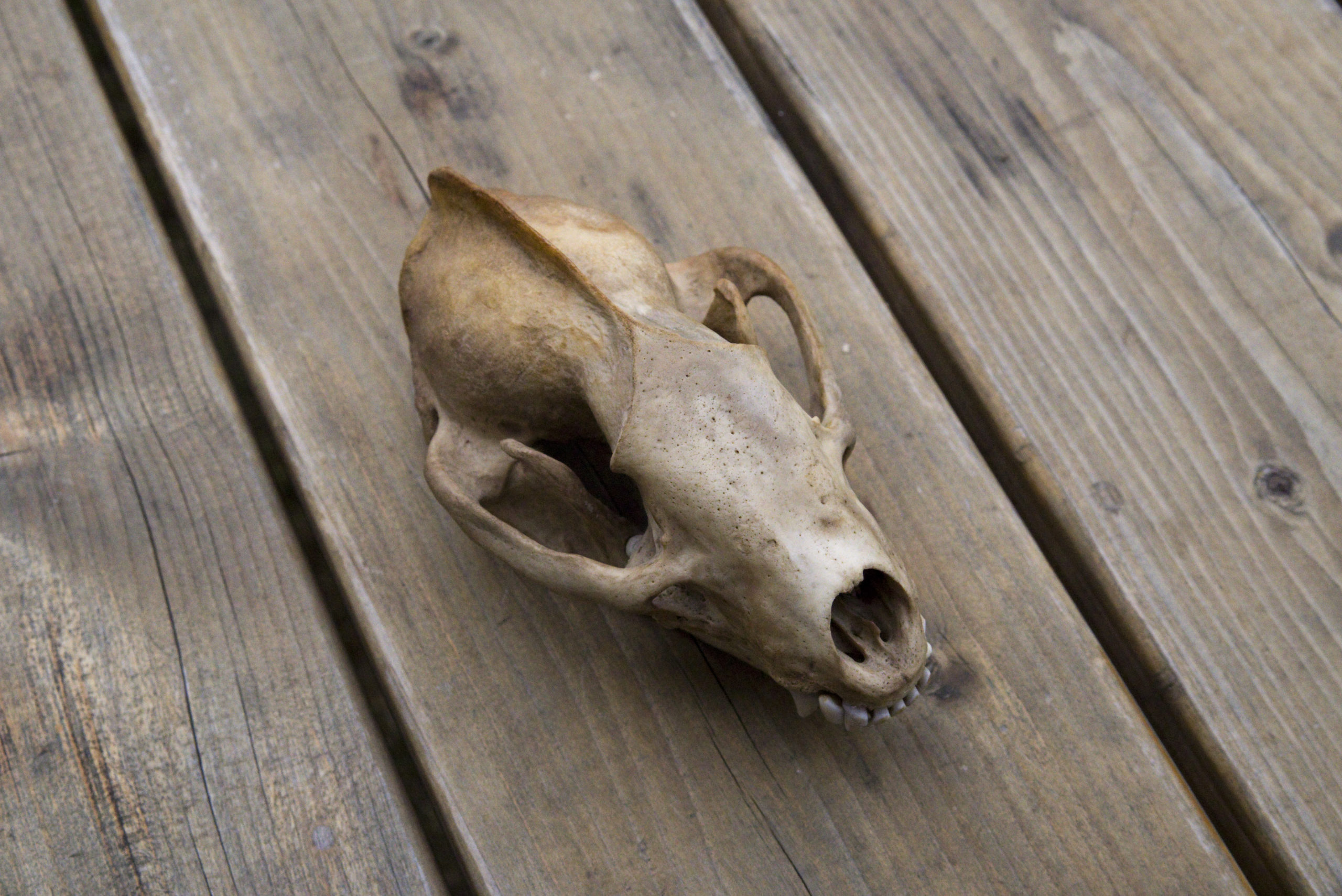Two or three small personal observations about the badger
The animal has mastered reversing. Great technique for bringing clean litter (grass, leaves) back to the burrow with the package wedged between the front legs and the chin (third claw).
An amazing technique for bringing clean litter (grass, leaves) back to the burrow: with the package wedged between the front legs and the chin (third claw), the badger happily backs up. The animal has mastered reversing.
A nice face, a little bit of a bad walk, but teeth, claws and a little bit of light armour that don’t necessarily make you want to go and have a chat. I understand that hunting dogs don’t always do well.
Yes, the badger is still hunted in France, on the grounds that it is likely to cause damage to crops. The nearest farmer doesn’t complain, but tells how he nearly tipped a harvester (a heavy one, that is) over the edge of a field mined by a badger quarter. No harm done in the end, but lost time for one and off accommodation for the others.




Watching our wild neighbours for six months, with Fred Genty (and the children of both), we find these badgers clean (with their little poop pots dug here and there), discreet, well behaved. No doubt a little hard by parents who are not necessarily buddy-buddy with their offspring, but attentive, that’s for sure.
The Wikipedia page on the European badger tells us that the average adult badger weighs 12 kg, can clear forty tonnes of earth (!) to dig its burrow, the galleries of which can go down to 3 or 4 metres.
One marvels, while emptying the memory cards on Sunday afternoon, at the quiet passage of a roe deer at about 4.30 pm in the sun, or at the earthworks, the supply of hay, the furious scratching and sliding sessions of badgers, or even the race of a tiny eye, dazzling in the infrared. The video is then colour coded with the mouse because the detail of the image does not allow for much identification of the small animals.